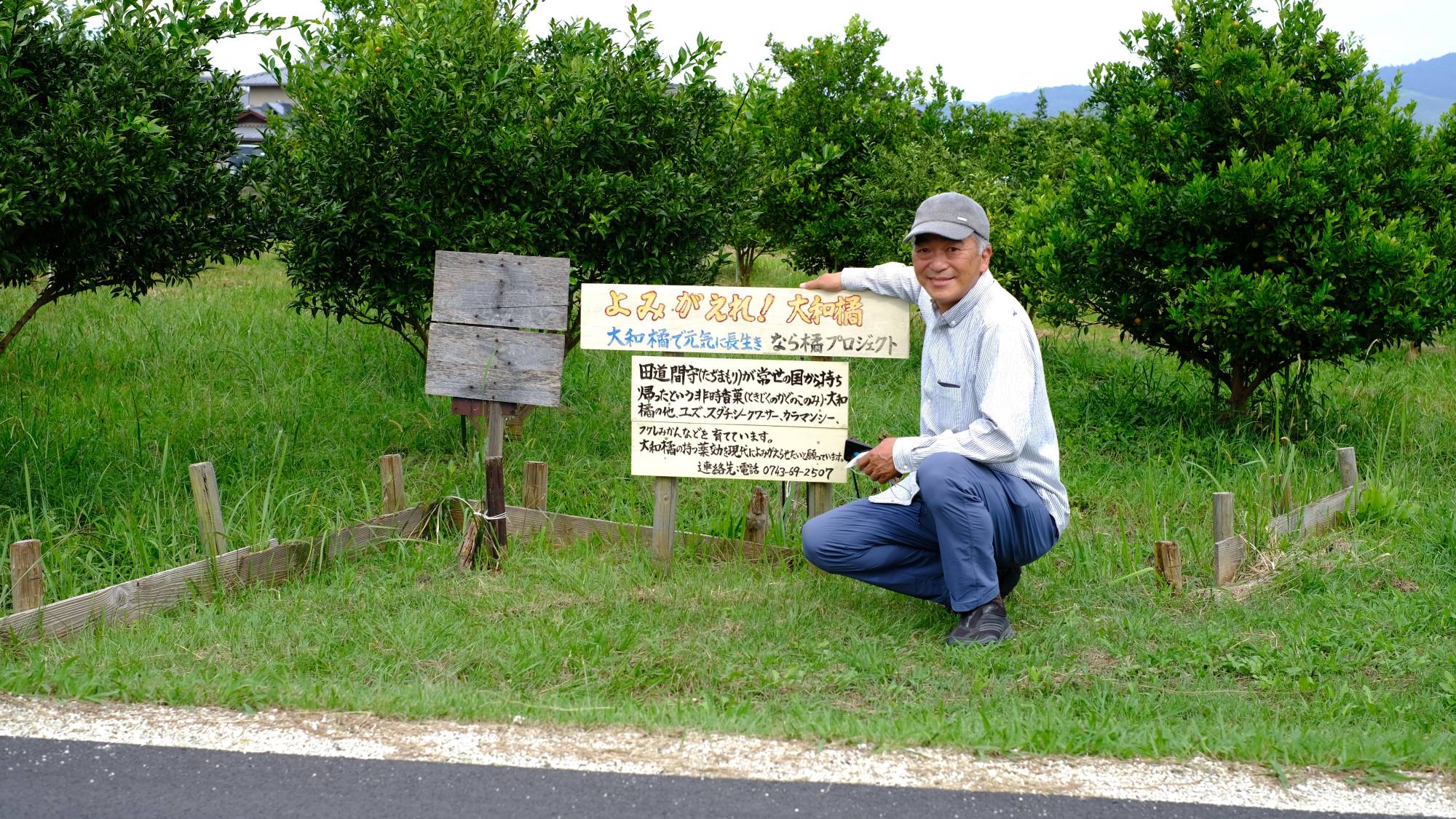From jabara to sanbōkan, Japan is home to an exceptionally diverse pantheon of citrus fruits. Among these, the tachibana (Citrus tachibana) is perhaps one of the rarest and least-known.
Besides the Okinawan shīkuwāsā, it is the only citrus genetically native to Japan. Unsurprisingly, it is also on the Global Red List of Japanese Threatened Plants. The average consumer is unlikely to be familiar with it, much less have tasted one.
The tachibana once held hallowed status in Japan. The eighth-century “Nihon Shoki” refers to it as “the fruit of immortality,” claiming that the first tree was brought back from the underworld and planted in the south of present-day Nara Prefecture. Around 70 poems in the “Manyoshu” celebrate its beguiling fragrance; Heian aristocrats often perfumed themselves with tachibana in lieu of bathing. Even today, many people will have unwittingly encountered this citrus: miniature representations of tachibana trees are an integral part of the ornamental dolls’ sets displayed on Girls’ Day, and the ¥500 coin has tachibana fruits and flowers engraved upon its face.

















With your current subscription plan you can comment on stories. However, before writing your first comment, please create a display name in the Profile section of your subscriber account page.